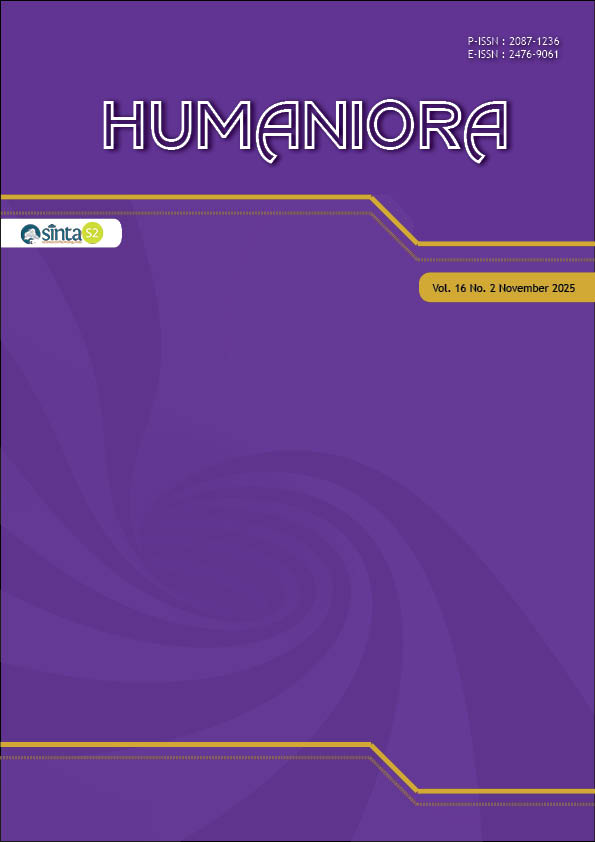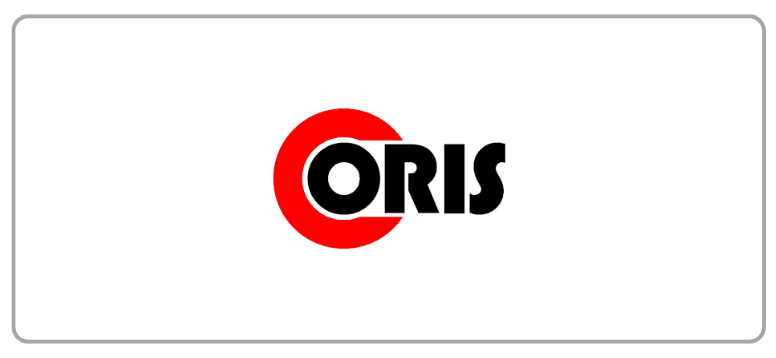GENDER FLUIDITY IN CONTEMPORARY MENSWEAR: A DELEUZIAN ANALYSIS OF SOUL EQUILIBRIUM FASHION COLLECTION AND GEN Z PERCEPTION
Keywords:
gender-fluid fashion, menswear, deleuzian theory, gender performativityAbstract
The market identity for menswear is transforming significantly towards a more diverse and inclusive offering due to the introduction of gender-fluid fashion. Research shows that menswear is changing to provide more gender-fluid and diverse clothing options for the average male consumer in order to reflect the transformation in fashion consumption and expressions of masculinity. The adoption of gender-flexible fashion and the rejection of toxic masculinity among generation Z (Gen Z) men are the other significant trends reshaping fashion landscape. Therefore, this research aimed to examine the trend of gender fluidity in contemporary menswear through Deleuzian perception. The process focused on applying the theory of sensory and the concept of 'becoming' through the philosophical work of Gilles Deleuze and Félix Guattari to analyze fashion design work titled ‘Soul Equilibrium’ used as the case study. Deleuzian theory was applied to dissect the relationship between trend fluidity and changes in gender performativity represented through fashion works. This research was conducted through qualitative data collected using observation, interviews, and literature study. Furthermore, respondents consisting of experts and hyper-users were determined through purposive sampling. The results showed that the intersection between gender-fluid fashion and performativity led to the dynamic relationship between fashion, identity, and societal norms. Gender-fluid fashion was identified as a significant indicator of the changes in gender performativity in society. The concept of gender performativity, as explored in cultural studies and sociology, showed how individuals actively constructed gender identity through behavior and expression.
References
Al-Mutawa, F. S. (2016). Negotiating Muslim masculinity: androgynous spaces within feminized fashion. Journal of Fashion Marketing and Management, 20(1), 19–33. https://doi.org/10.1108/JFMM-11-2014-0080
Athill, C., & McCauley Bowstead, J. (2021). Special Issue of Critical Studies in Men’s Fashion : ‘Globalizing Men’s Style’, 2021. Critical Studies in Men???S Fashion, 8(1), 51–53. https://doi.org/10.1386/csmf_00031_2
Bagdi, H., Bulsara, H. P., Sankar, D., & Sharma, L. (2023). The transition from traditional to digital: factors that propel Generation Z’s adoption of online learning. International Journal of Educational Management, 37(3), 695–717. https://doi.org/10.1108/IJEM-01-2023-0003
Barry, B. (2018). (Re)Fashioning Masculinity: Social Identity and Context in Men’s Hybrid Masculinities through Dress. Gender & Society, 32(5), 638–662. https://doi.org/10.1177/0891243218774495
Barry, B., & Drak, D. (2019). Intersectional Interventions into Queer and Trans Liberation: Youth Resistance Against Right-Wing Populism Through Fashion Hacking. Fashion Theory, 23(6), 679–709. https://doi.org/10.1080/1362704X.2019.1657260
Barry, B., & Martin, D. (2015). Dapper dudes: Young men’s fashion consumption and expressions of masculinity. Critical Studies in Men’s Fashion, 2(1), 5–21. https://doi.org/10.1386/csmf.2.1.5_1
Birren, F. (1961). Color psychology and color therapy: a factual study of the influence of color on human life. University Books.
Bowstead, J. M. (2018). Menswear Revolution. Bloomsbury Publishing Plc. https://doi.org/10.5040/9781474289030
Boyd, C. S., Ritch, E. L., Dodd, C. A., & McColl, J. (2020). Inclusive identities: re-imaging the future of the retail brand? International Journal of Retail & Distribution Management, 48(12), 1315–1335. https://doi.org/10.1108/IJRDM-12-2019-0392
Butler, J. (1988). Performative Acts and Gender Constitution: An Essay in Phenomenology and Feminist Theory. Theatre Journal, 40(4), 519. https://doi.org/10.2307/3207893
Cheded, M., & Liu, C. (2022). ‘Which part of the day is (wo)man o’clock?’: Desires, urges and possibilities of (un)becoming. Marketing Theory, 22(1), 67–84. https://doi.org/10.1177/14705931211057463
Chira, S. (2022). The Role Of Image In Contemporary Social Communication – Written Clothes: The Grammar Of Clothing Language. Journal of Romanian Literary Studies, 30, 505–512.
Ciawita Atmadiratna Lautama, Krishna Hutama, & Acep Iwan Saidi. (2022). GAYA ANDROGINI DALAM POP CULTURE. Jurnal Seni Dan Reka Rancang: Jurnal Ilmiah Magister Desain, 5(1), 17–36. https://doi.org/10.25105/jsrr.v5i1.15274
English, B. (2013). A Cultural History of Fashion in the 20th and 21st Centuries: From Catwalk to Sidewalk. A& C Black.
Fernández, R., Isakova, A., Luna, F., & Rambousek, B. (2021). Gender Equality and Inclusive Growth. IMF Working Papers, 21(59). https://doi.org/10.5089/9781513571164.001
Gazzola, P., Pavione, E., Pezzetti, R., & Grechi, D. (2020). Trends in the fashion industry. The perception of sustainability and circular economy: A gender/generation quantitative approach. Sustainability (Switzerland), 12(7), 1–19. https://doi.org/10.3390/su12072809
Githapradana, D. M. W. (2022). Aesthetics and Symbolic Meaning of Androgynous and CO-ED Style Trends in Men’s Fashion. Humaniora, 13(1), 23–32. https://doi.org/10.21512/humaniora.v13i1.7378
Githapradana, W., Raharja, G., Ratna, T., & Pebryani, N. (2024). Gender and Culture Inclusivity in the Story of Hope Fashion Collection. ARCHive-SR, 8(1), 43–51. https://doi.org/10.21625/archive.v8i1.1046
Haller, K. (2019). The Little Book of Colour: How to Use the Psychology of Colour to Transform Your Life. Penguin Life.
Huang, C., Zhuang, S., & Ma, H. (2023). Poison or remedy? Masculinity in a pathos-based sustainable brand story. Asia Pacific Journal of Marketing and Logistics, 35(8), 1823–1838. https://doi.org/10.1108/APJML-05-2022-0385
Istijanto, I., & Handoko, I. (2022). What approach and avoidance factors drive Gen-Z consumers to buy bubble tea? An exploratory study. Young Consumers, 23(3), 382–396. https://doi.org/10.1108/YC-08-2021-1376
Kara, A., & Min, M. K. (2024). Gen Z consumers’ sustainable consumption behaviors: influencers and moderators. International Journal of Sustainability in Higher Education, 25(1), 124–142. https://doi.org/10.1108/IJSHE-08-2022-0263
Kushchyk, I. (2021). The relationship between gender transformations and the evolution of fashion. National Academy of Managerial Staff of Culture and Arts Herald, 3. https://doi.org/10.32461/2226-3209.3.2021.244404
Martin, D. (2021). Dapper dudes: an exploration of young men’s fashion consumption and conceptions of masculinity. https://doi.org/10.32920/ryerson.14655633.v1
McDonald, T. H. (2018). Conceptualizing an Ethology of Masculinities. Men and Masculinities, 21(1), 56–71. https://doi.org/10.1177/1097184X16652662
Misslin, F. (2020). Diagrammatic Manifestos: A Method for Studying the Fluidity of Gender in the Production of Fashion Photography. Fashion Studies, 3(1). https://doi.org/10.38055/FS030106
Pham, X., & Bright, D. (2022). Mobility as Rhizome and Becoming: Experiences of Vietnamese Women in Crossing Borders to do Doctorates. Journal of Studies in International Education, 26(5), 606–622. https://doi.org/10.1177/10283153211042089
Pohlmann, A., & Chen, Q. (2020). Better than sex: further development and validation of the consumption gender scale. Journal of Consumer Marketing, 37(3), 329–340. https://doi.org/10.1108/JCM-05-2019-3214
Ruangnarong, C. (2014). Eco Thai Hand-Woven Cotton Fabric for Unisex Apparel Design. Applied Mechanics and Materials, 533, 477–480. https://doi.org/10.4028/www.scientific.net/AMM.533.477
Talaat, R. M. (2022). Fashion consciousness, materialism and fashion clothing purchase involvement of young fashion consumers in Egypt: the mediation role of materialism. Journal of Humanities and Applied Social Sciences, 4(2), 132–154. https://doi.org/10.1108/JHASS-02-2020-0027
Wang, X., & Kim, H. (2020). An Expression of the theory of “Corps san Organes” of Deleuze in Contemporary Fashion Design. Journal of Digital Convergence, 18(12), 513–523.
Published
How to Cite
Issue
Section
License
Copyright (c) 2025 Dewa Made Weda Githapradana

This work is licensed under a Creative Commons Attribution-ShareAlike 4.0 International License.
Authors who publish with this journal agree to the following terms:
a. Authors retain copyright and grant the journal right of first publication with the work simultaneously licensed under a Creative Commons Attribution License - Share Alike that allows others to share the work with an acknowledgment of the work's authorship and initial publication in this journal.
b. Authors are able to enter into separate, additional contractual arrangements for the non-exclusive distribution of the journal's published version of the work (e.g., post it to an institutional repository or publish it in a book), with an acknowledgment of its initial publication in this journal.
c. Authors are permitted and encouraged to post their work online (e.g., in institutional repositories or on their website) prior to and during the submission process, as it can lead to productive exchanges, as well as earlier and greater citation of published work.
USER RIGHTS
All articles published Open Access will be immediately and permanently free for everyone to read and download. We are continuously working with our author communities to select the best choice of license options, currently being defined for this journal as follows: Creative Commons Attribution-Share Alike (CC BY-SA)


















